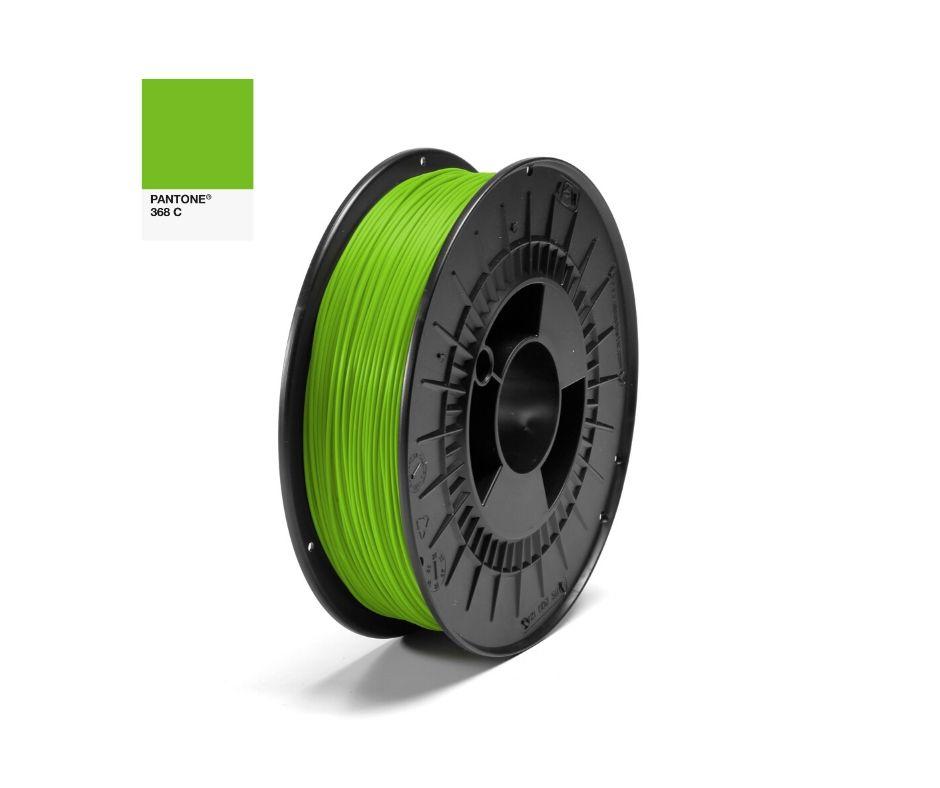Whether you work in industrial design or manufacturing, healthcare, or aerospace, incorporating 3D printing into your business can be a step in the right direction when it comes to environmental awareness and sustainable practices such as reducing your waste, lowering your carbon footprint, and using less energy and raw materials.
If you’re wondering how 3D printing can be an eco-friendly and sustainable technology, let’s dive into the concept.
Here are five reasons why 3D printing is sustainable and eco-friendly:
1. 3D printing produces less waste than traditional manufacturing methods.
2. 3D printing is energy efficient.
3. 3D printing uses less material and products can be made from recycled materials.
4. 3D printing is a local manufacturing process and cuts down transportation emissions.
5. 3D printing has a low carbon footprint with a bright future for sustainability.
When you think about 3D printing, you probably think about those cool little figurines that come out of the printer. But what you might not know is that 3D printing is actually a very sustainable and eco-friendly technology.
How does it do that? Well, for one thing, there's very little waste. With traditional manufacturing methods, you have to start with a lot of material in order to get a final product. But with 3D printing, you only need a small amount of material to create a finished product.
3D Printing Is Energy Efficient
When it comes to 3D printing, one of the biggest benefits is that it's incredibly energy efficient.
3D printers use very little energy, and they can be plugged into any standard outlet. Plus, because the printers use plastic filaments rather than traditional ink cartridges, there's no waste or extra packaging to dispose of.
So how can 3D printing businesses make themselves more eco-friendly and sustainable? Here are a few tips:
• Use recycled materials whenever possible
• Use renewable energy sources
• Educate your customers about the environmental benefits of 3D printing
• Use biodegradable filaments
• Recycle your finished products
3D Printing Uses less Material
When you're printing in three dimensions, you're using less material than when you're printing in two dimensions. Why? Because you don't need to print the same object twice—once on the x-axis and once on the y-axis.
And this is a huge benefit for the environment because it means we're using fewer resources and creating less waste.
There are a lot of ways businesses can make 3D printing more sustainable. One great way to do this is by using recycled materials in your prints. You can also use eco-friendly filaments like plant-based plastics or biodegradable materials.
There are a lot of things to consider when it comes to sustainability, but I think we can all agree that 3D printing is a major step in the right direction.
3D Printing Is a Local Manufacturing Process and cuts down transportation emissions
When you think about it, 3D printing is a remarkably local manufacturing process. You don't need to ship anything halfway around the world; everything is produced right there in your workshop or studio.
This has a lot of environmental benefits. For starters, it cuts down on transportation emissions, which is great for the planet. It also means that you're not wasting energy shipping things that are going to be turned into waste anyway.
And because everything is made locally, there's much less waste involved in the manufacturing process. In fact, with 3D printing, waste is essentially eliminated. This is because you can recycle your old 3D-printed objects and use them to create new ones.
3D Printing Has a Low Carbon Footprint
When it comes to 3D printing, there are a lot of things to love, but one of the best things is that it has a low carbon footprint. What does that mean? It means that compared to traditional manufacturing methods, 3D printing produces fewer greenhouse gas emissions.
In fact, some estimates say that 3D printing could reduce CO2 emissions by up to 90%!
Plus, 3D printing doesn't require heat or energy-intensive processes like welding or moulding. So all in all, it's a much more sustainable way to produce products. 3D printing is an innovative technology for sustainability.




